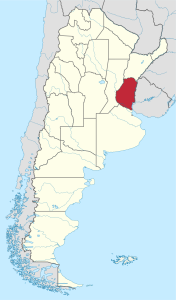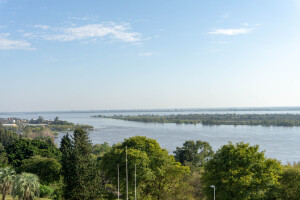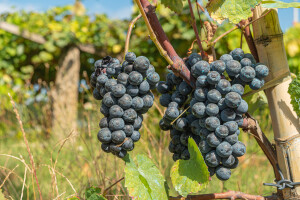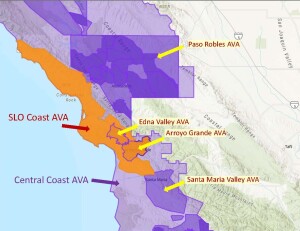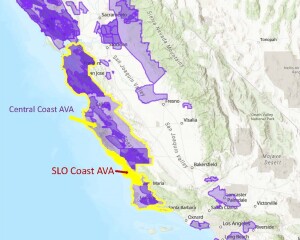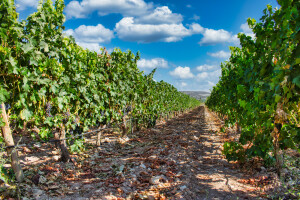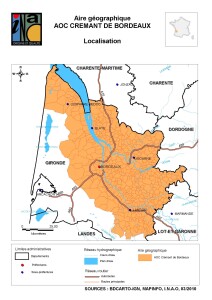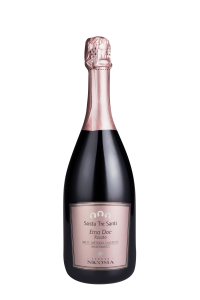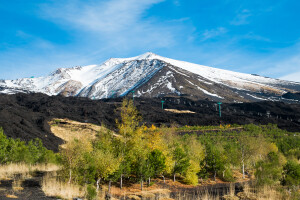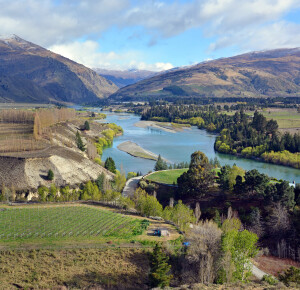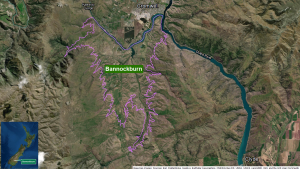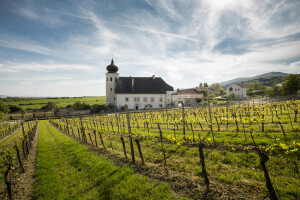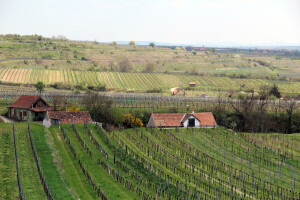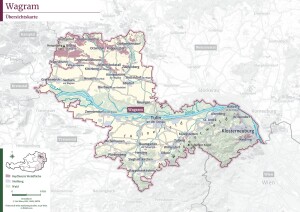Argentina has added another geographical indication (GI) for quality wine production to its growing list: the Victoria GI. Victoria (also the name of a political region/department) is located in the Argentine province of Entre Ríos.
Entre Ríos—the name translates to between rivers—is located along the eastern border of the large country of Argentina, just to the west (inland of) Uruguay and north of the province of Buenos Aires. As befits the name of the province, the borders of Entre Ríos are defined by several rivers—primarily the Paraná River to the west, and the Uruguay River to the east—both of which eventually end up as part of the area’s famous Río de la Plata estuary.
The western portion of the Entre Ríos region is largely agricultural, and is a significant producer of rice, soybeans, wheat, citrus fruit, and livestock (poultry and cattle). The climate in the southwestern corner of Entre Ríos—where Victoria is located—is humid and temperate with average temperatures of 10 °C/50 °F (winter) to 26 °C/79 °F (in the summer).
The population includes large numbers of immigrants from Italy, Spain, Germany, Switzerland, France, Russia, and Poland. As can be expected, many of these families brought the tradition of viticulture and wine making along with them. The area was at one time home to 5,000 hectares of vineyards and more than 60 wineries, but many of these were neglected following the political upheaval of the 1930s. Many of the region’s remaining vineyards were literally sought out and uprooted after the passing—in 1934—of a National Wine Law (Ley Nacional de Vinos/No. 52.137). This law prohibited wine production in Argentina outside of the designated area of the Cuyo Region (centered around Mendoza) and was intended to encourage settlement in the western areas of the country.
The regional prohibition in Entre Ríos was officially rescinded in 1993 and commercial viticulture has returned to the area. One significant local winery—BordeRío Bodega & Viñedos—prides itself on “revaluing a forgotten wine tradition” and has 18 hectares/45 acres planted to vinifera grapes (in addition to 7,000 olive trees and a state-of-the-art wine production facility). Leading grapes include Malbec, Merlot, Cabernet Franc, Syrah, Chardonnay, and Torrontés. The winery produces varietal wines (both red and white), blended rosé, and several versions of sparkling wine.
Research into the wine culture of Entre Ríos revealed a significant number of wine bars in addition to the region’s commercial vineyards and wineries—including Finca La Josefina y Vinos Annelise, Finca Los Bayos Chacra de Viñas, and Viñas De Victoria in addition to BordeRío Bodega & Viñedos. It certainly seems to be a re-discovered/up-and-coming wine region of Argentina!
Welcome to the world, Victoria/Entre Ríos GI!
References/for more information:
- Entre Rios Victoria GI-Republica Argentina (April 27, 2021)
- The story of the regional prohibition in Argentina (1934-1993), via the website of BordeRío
- The wines of BordeRío Bodega & Viñedos
- Entre Ríos | province, Argentina | Britannica
Post authored by Jane A. Nickles…your blog administrator: jnickles@societyofwineeducators.org
